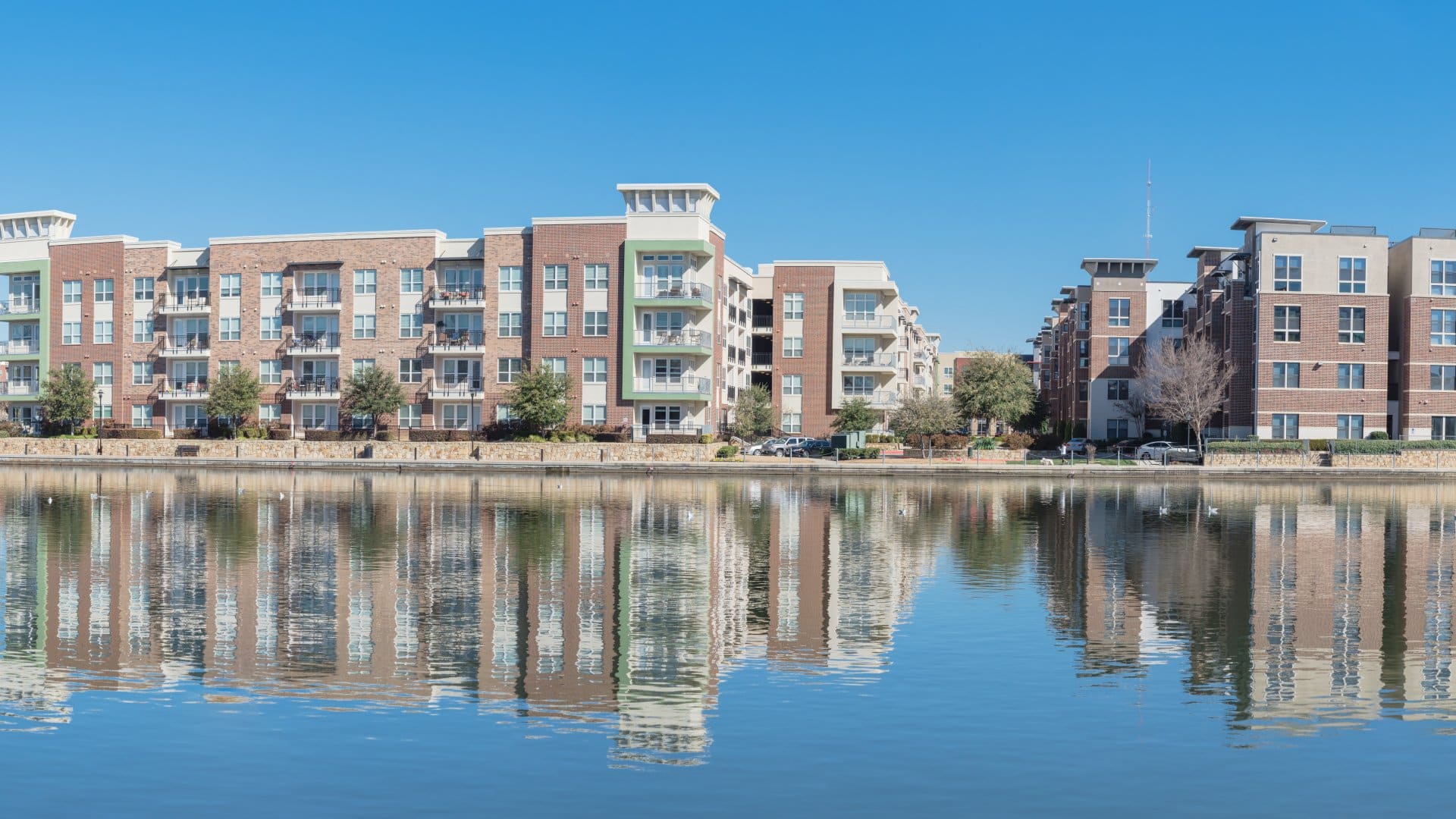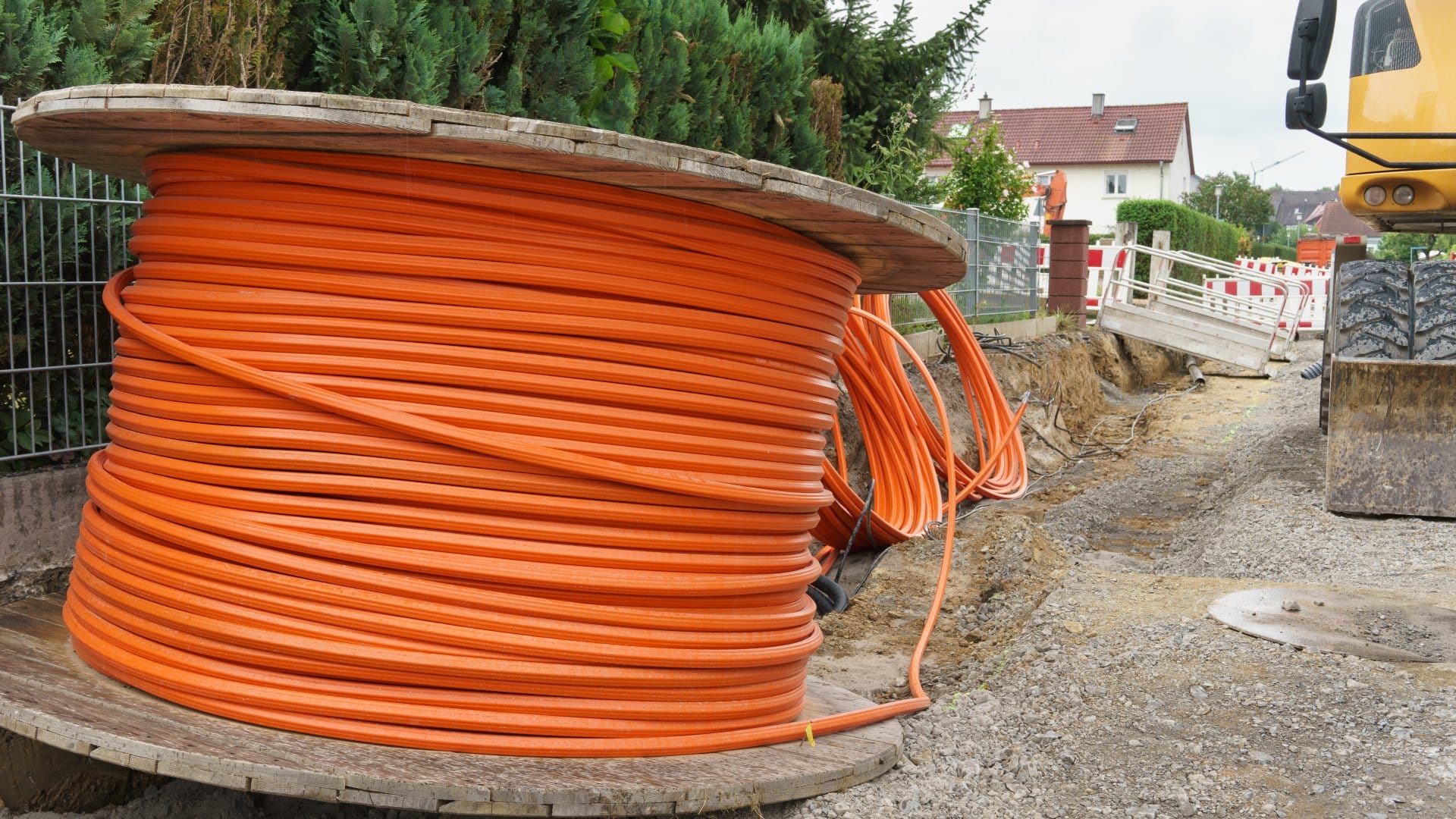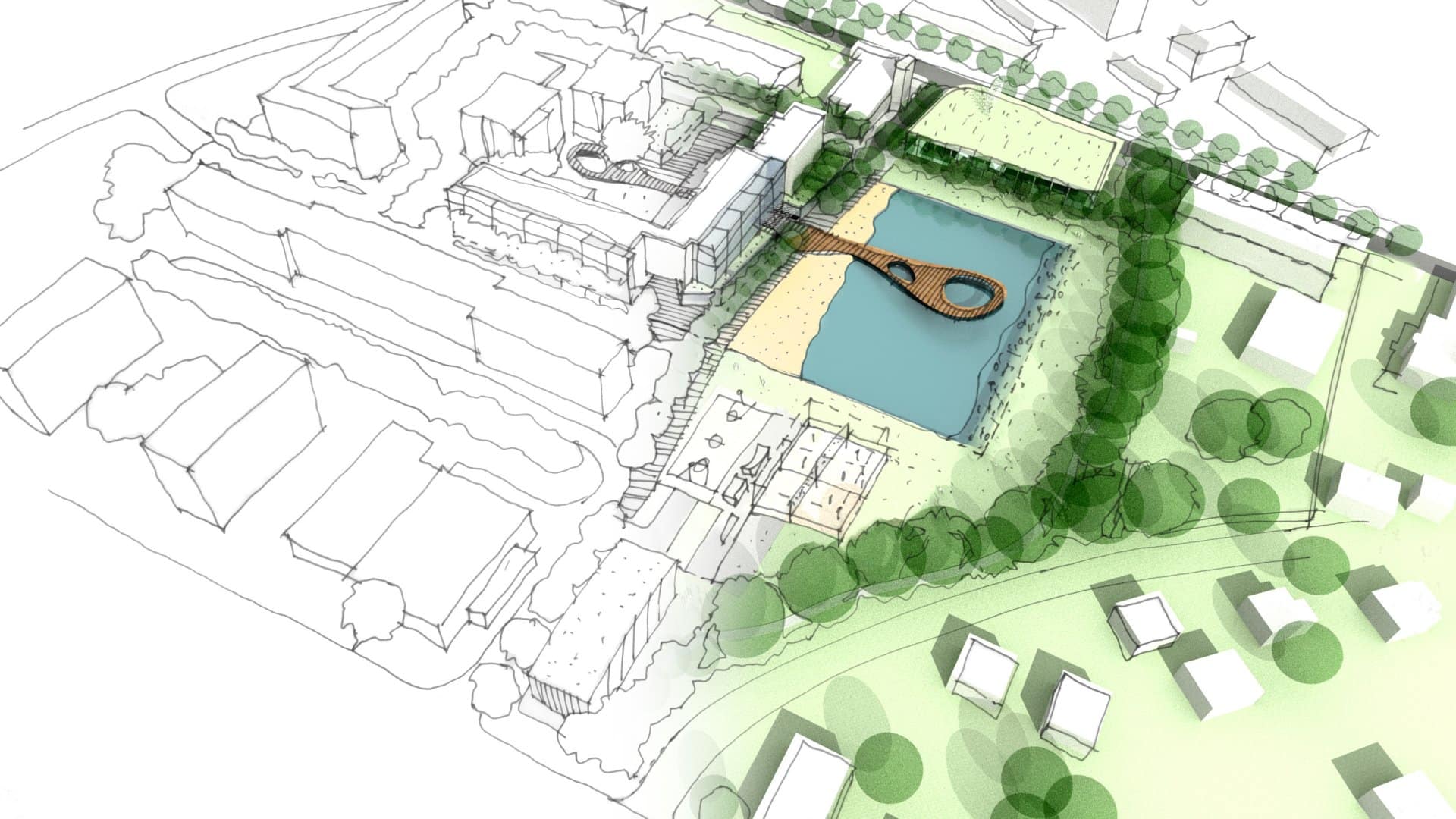What is the problem? How do I create an implementable optimal access transformation plan, that gives me the most “bang for the buck”? This first paper in the series looks at the process to get to the insights needed to define an optimal network transformation plan. Key takeaways In this paper we observe: The optimal
An operator would like to develop a roadmap to reach 10G capacity on their access networks. To make an informed decision he wants to understand the effect of multiple technology paths on total cost, investment profile, technology availability risk and ability to support his product roadmap.
What is the problem? Broadband access networks need to evolve to keep pace with ever increasing subscriber demand. Network planners are faced with the challenging task of planning network upgrades in an optimum manner in a fast-changing, complex environment driven by new technology options and changing competitive and regulatory pressures. Key takeaways Access networks are
An operator would like to develop brownfield SFU upgrade guidelines. They have access to different access technologies such as Fiber Deep and Fiber To The Home in their portfolio. Question is what are the guidelines for deploying technologies for different node densities?
An operator is interested in understanding what is the operating cash flow (OCF) opportunity by installing different fiber deep technologies to brownfield MDUs in a market. They have a hypothesis that different fiber deep technologies will have different take rates.
An operator would like to develop a focused short-term greenfield expansion plan with an understanding of short-term and longer-term cost trade-offs. Currently, XGS-PON is more expensive than GPON. Should they initially execute their expansion plan with GPON or XGS-PON?
A brownfield N+5 DOCSIS3.0 node is running out of capacity and needs to be upgraded. Which option should be used to upgrade the node to achieve the lowest 10-year total cost?
What is the problem? While planning for network expansion projects such as onboarding new greenfield areas, network operators are faced with many technology and architecture options. Such planning is often done in a siloed atmosphere with a short-term view. This often results in plan that is sub-optimal in the long run that fails to accurately
What is the problem? Broadband service demand is increasing exponentially. In addition, competitors are disrupting the market by introducing leapfrog offers that far exceed bandwidth demand. To meet these challenges technology is being evolved at a breakneck speed. In such a fluid transformation, a well managed access network technology evolution is a must for any








